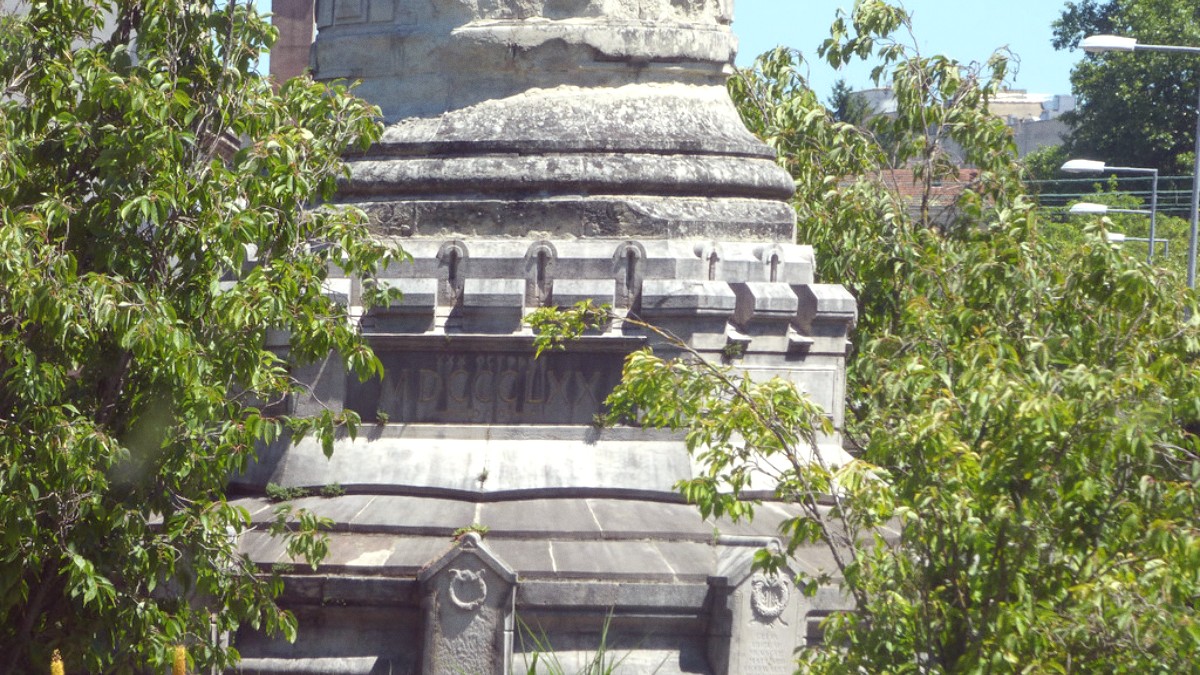
Burgundy And The Rhone, France
From the grandeur of its ducal palace to the quiet charm of its pedestrianized alleyways, the city welcomes exploration. It is a destination that delights the senses, presenting both cultural depth and gastronomic pleasure. Venture into the heart of Burgundy, where every moment brings a new discovery.
Envision a city where the echoes of dukes and duchesses resonate through grand courtyards and intricate façades. Sense a place where the very air carries the promise of exquisite food and wine, a city that awakens your palate and your spirit of adventure. That city is Dijon. It is not merely a stop on a map; it is an experience, a journey into the soul of French history and gastronomy.
Dijon presents a blend of urban sophistication and old-world charm. The pace feels relaxed, yet the city pulses with a quiet energy. You hear the chime of the Jacquemart clock, witness locals gather for aperitifs, and smell the rich, earthy scent of truffles and the sweet aroma of gingerbread. This city engages all your senses, connecting you to its story from the moment you arrive.
Dijon sits in the heart of Burgundy, a region of eastern France celebrated for its natural beauty and productive lands. Situated on a plain, the city benefits from a position between the Morvan hills to the west and the Saône valley to the east. This strategic placement formed Dijon's development through centuries, making it a crossroads for trade and culture. Two small rivers, the Ouche and the Suzon, flow through the city, adding to its picturesque landscape. The Canal de Bourgogne, a historic waterway connecting the Saône and Yonne rivers, also passes nearby, furnishing scenic routes for walking and cycling.
The region around Dijon is notably famous for its vineyards, especially the Côte d'Or escarpment, located just south of the city. This narrow, limestone-rich strip of land holds some of the world's most prestigious Pinot Noir and Chardonnay grapes. Dijon functions as the commercial and cultural hub for this renowned wine region. This geographical advantage establishes Dijon as an ideal base for exploring the famed Burgundy Wine Route, granting visitors direct passage to world-class wineries and charming wine villages.
Eastern France, Burgundy-Franche-Comté
Ouche, Suzon
Canal de Bourgogne (recreational)
Continental (warm summers, cold winters)
Gateway to Côte d'Or vineyards
Dijon's history presents itself as rich and complex as the wines of its surrounding region. For centuries, it served as the capital of the Duchy of Burgundy, a powerful and independent state that rivaled the Kingdom of France in the late Middle Ages. The Dukes of Burgundy, notably Philip the Bold, John the Fearless, Philip the Good, and Charles the Bold, were not just rulers; they championed the arts, literature, and architecture.
The Palais des Ducs et des États de Bourgogne, the ducal palace, is the most impressive testament to this era. It began as a medieval fortress and transformed into a lavish residence, mirroring the dukes' immense wealth and influence. The ducal tombs, now within the Musée des Beaux-Arts in the palace, exhibit the high artistic skill prevalent during this period. These masterpieces of Burgundian sculpture draw visitors who wish to witness the historical grandeur of the region.
After Burgundy rejoined France in 1477, Dijon continued as the seat of the Parlement of Burgundy, maintaining its administrative importance. This long history as a regional capital supported its continued development and the preservation of its architectural heritage. The city's many hôtels particuliers, private mansions built by wealthy families and parlement members, line its streets, displaying various architectural styles from the Renaissance to the 18th century.
Dijon's historical journey extends to its culinary legacy. The city cultivated a reputation for fine food and drink due to the ducal court's lavish tastes. Its mustard, for example, gained renown centuries ago, becoming synonymous with the city itself. This deep historical connection to gastronomy continues to define Dijon, a destination where history and culinary excellence intertwine seamlessly. A visit here presents a journey through time, connecting you with the city's past while enjoying its present-day vibrancy.
Dijon is compact enough for much exploration on foot, with many main attractions concentrated in the pedestrianized historic area. This structure makes discovering its charming squares, narrow lanes, and impressive architecture convenient and enjoyable.
The city's pulse often centers on its gastronomic identity. From the bustling covered market, Les Halles, where locals shop for fresh produce and regional delicacies, to the Michelin-starred restaurants and cozy bistros serving Burgundian specialties, food is a central part of the Dijon experience. Wine, of course, plays an equally important role. Dijon is the gateway to the Côte d'Or, making wine tasting and vineyard visits a popular and rewarding activity.
Historic center perfect for pedestrian exploration.
Culinary delights from market to Michelin stars.
Direct gateway to Côte d'Or vineyards.
Beyond food and wine, Dijon presents a rich cultural offering. The Musée des Beaux-Arts, within the majestic Palais des Ducs, hosts art collections spanning centuries. Churches like Notre-Dame and Saint-Bénigne showcase impressive Gothic architecture.